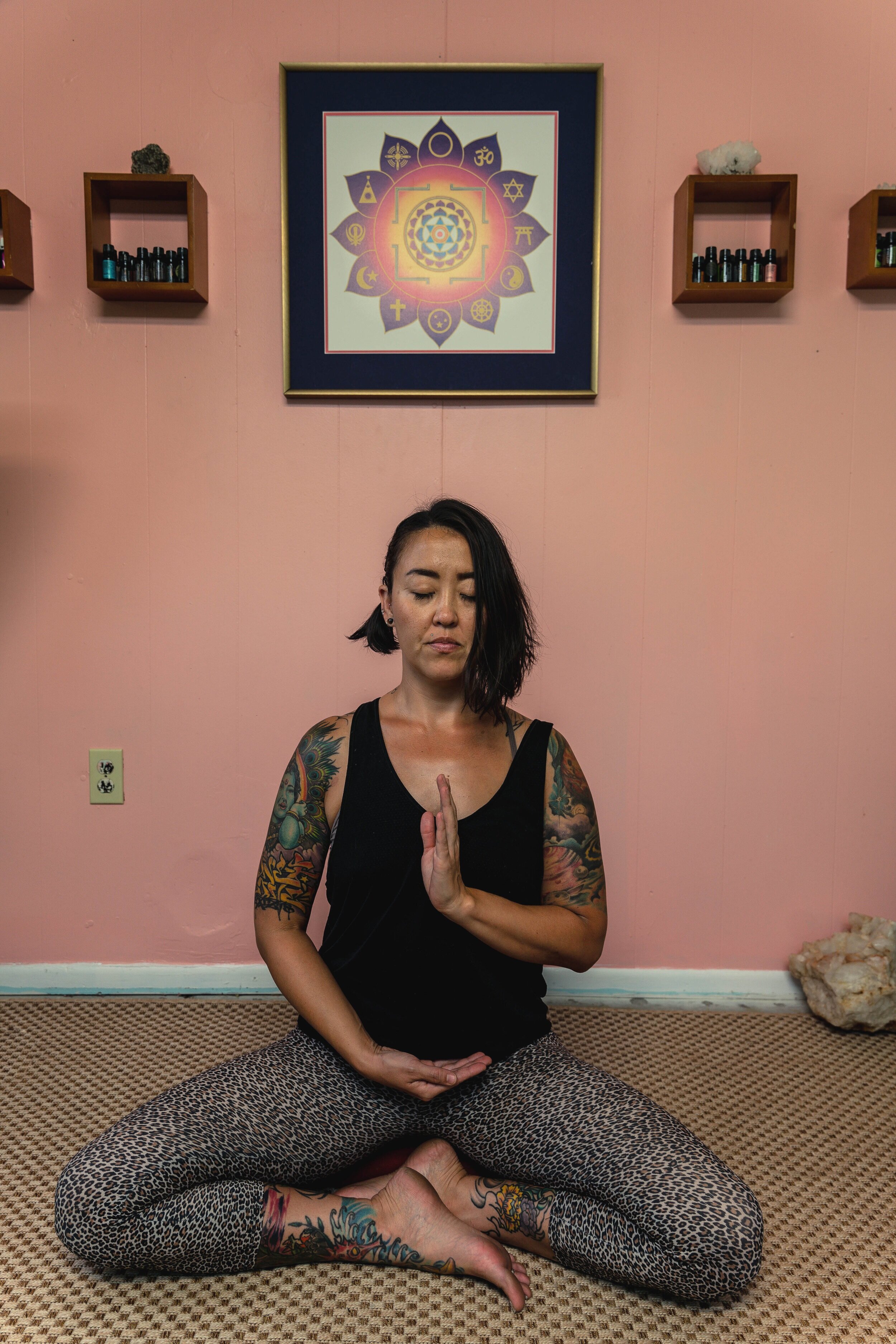Steadiness in a Consistent (Yoga) Practice
Humans desire stability in life.
Buddhism believes we suffer because we think that everything is permeant. Maybe consider that the desire for stability is an illusion—😉.
In a world full of chaos and change, we find stability in the things that “seem” constant. When we establish repetition and routine in our everyday lives, it feels stable, steady, maybe even easy.
Sadhana and Routine
In the Yoga Sutras of Patañjali practice is the various techniques of Yoga called Sadhana. When we create a routine of physical practice (postural Yoga), mental practice (meditation), energetic practice (breathing), or heart/ spiritual practice (chanting or prayer), the method helps us realize that stability is in INWARD experience, as well as outward.
The act of repetition brings steadiness, but Patañjali states that it will take a lot of effort. The awareness developed through sadhana techniques brings that awareness off the mat and into the world. You will contemplate your ethics, morals, values and live by your Highest Self and your Highest Path. The things that pull you away from the highest will lose interest over time; this practice as a whole in every moment is called Abhyāsa.
The Essential Self Care
Think of your Yoga as essential Self Care that happens every day. Sometimes short sessions, sometimes long, but you CHOOSE to touch into practice every day until it naturally becomes part of everything you do because it IS you.
Yoga is alive and moving through you every moment, but you must commit to practicing consistently to remember frequently.
Yoga Sutra 1.13 Tatra Sthitau Yatno’bhyāsaḥ. “
Practice (Abhyasa) means choosing, applying the effort, and doing those actions that bring a stable and tranquil state (Sthitau)” (Swamiji)
Maintaining Joy in Routine
Busy people and busy worlds can bring a sense of obligation to anything on the “to-do” list. I have perceived practice as being another “to-do” to accomplish. I have experienced a lack of presence in my repeated routines with an attitude of “getting it done” to relax afterward.
For me, the activity then loses joy, and I find myself in the cycle of “do and get done” without thoroughly enjoying or being present. It is human to have this perspective, and awareness can shift a to-do habit into a more fulfilling activity.
Patañjali says that to experience Yoga, there are three qualifications of practice.
Yoga Sutra 1.14 Sa Tu Dīrgha Kāla Nairantarya Satkārāsevito Dṛḍhabhūmiḥ.
The Three Qualifications of Practice
Qualification One
First, it must be done for a long time. He doesn’t say how long, but I assume many lives (if you believe in reincarnation).
Remember to try and widen your perception of what practice looks like for you. I used to think if I couldn’t carve out two hours for postural Yoga, then I couldn’t practice, and now I tap in when I can.
I take a breath, or an Om, or lay down. I have learned how to listen and accommodate. Yoga begins to infuse your whole life. LIFE IS PRACTICE.
Qualification Two
The second qualification is that it must be done without a break. This is easy if you apply Abhyasa all the time. At times, the way you talk to your partner can be the most challenging practice!
If you are overbooked and overworked, I understand this qualification can seem overwhelming. However, you can get creative and make the practice work for you! Knowing what you need from moment to moment is vital. Yoga is the Art of Listening and once you learn how to listen, you no longer impose the arrogance or insecurities of the ego on what you THINK you need; instead, you Adapt to NOW.
Qualification Three
Finally, practice must be done with sincerity, devotion, and earnestness—a combination of seriousness, compassion, and love. If you can apply this last qualification, I promise all the others will align.
Resources:
Jnaneshvara, Swami. Swamiji. Accessed February 7, 2022. https://www.swamiji.com/









